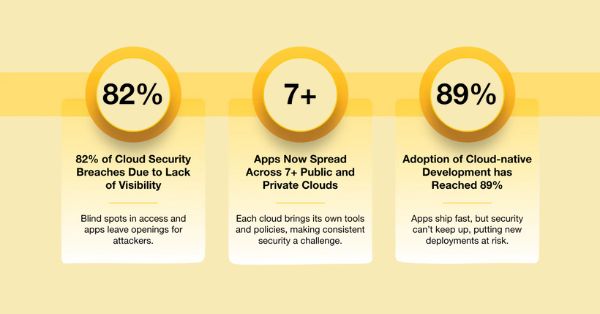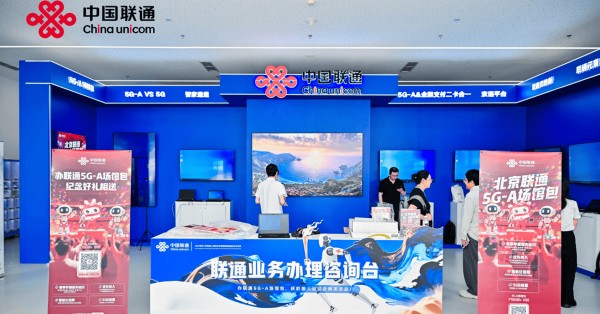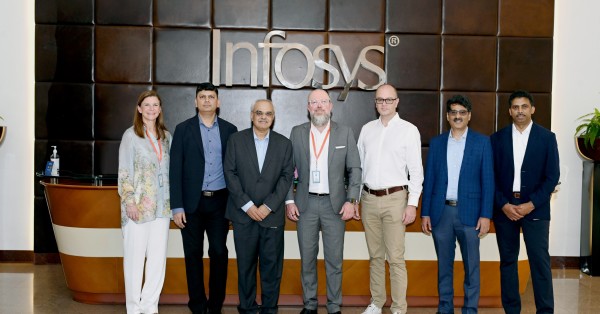Alcatel-Lucent Enterprise (ALE), a recognized leader in secure enterprise networking and communication solutions, has recently announced its collaboration with Celona to launch a new Private 5G solution. This partnership marks a significant development in enterprise-grade connectivity, catering especially to complex environments and large outdoor spaces.
Alcatel-Lucent Boosting Enterprise Connectivity with Celona Private 5G Integration
The innovative Private 5G solution by ALE integrates flawlessly with its existing OmniVista, OmniSwitch, and OmniAccess Stellar networking portfolio. This integration is designed to support high-quality, secure connectivity across various demanding enterprise environments, including expansive outdoor areas. The collaboration with Celona introduces cutting-edge technology to ALEs offerings, aiming to boost operational reliability, performance, and security across global industries.
How Private 5G Powers Industrial IoT and Real-Time Applications
With the rise of Industry 4.0, the need for advanced connectivity solutions has become more apparent. ALEs Private 5G network is engineered to support ultra-reliable communication in intricate industrial settings such as manufacturing plants, refineries, logistics warehouses, and transportation hubs like ports and airport aprons. This technology is pivotal for supporting real-time, critical industrial applications and enhancing IoT integration.
The Private 5G network facilitates the connection of next-generation IoT devices that require ultra-low latency and high reliability. Enterprises utilizing advanced technologies, such as autonomous guided vehicles (AGVs), robotics, and high-definition video analytics, as well as augmented and virtual reality applications, will find this robust wireless connectivity indispensable.
Alcatel-Lucent’s End-to-End Enterprise Network Solutions with Celona Private 5G and WLAN
ALE is not just integrating Private 5G into its network but is combining it with its other solutions like OmniVista Cirrus, OmniSwitch LAN, and OmniAccess Stellar WLAN. This approach ensures augmented coverage and seamless operations across various settings, including industrial sites and educational campuses. The end-to-end solution provides Zero Trust Network Access, enhancing security and performance for all connected applications and devices.
The Private 5G network leverages strong SIM authentication and Celonas unique technologies, including MicroSlicing and Aerloc, to deliver dependable service quality and application-level SLAs. These features are essential for enforcing policies and maintaining zero trust security, particularly for business-critical applications.
Alcatel-Lucent Enterprise: Innovating Secure Networking for 100+ Years
For over a century, Alcatel-Lucent Enterprise has been at the forefront of innovation, providing secure networking and communication solutions that help organizations enhance their operational efficiency and competitiveness. Whether through cloud-based, on-premises, or hybrid solutions, ALE ensures security, minimal environmental impact, and compliance with stringent data protection standards. The companys commitment to environmental sustainability, social responsibility, and corporate governance reflects its dedication to benefiting not just businesses but also the broader community and environment.
Celona’s Role in Advancing Private 5G for Enterprise Networks
Celona, a key player in enterprise cellular solutions, is known for its innovative approach to 5G technology. Their expertise in creating solutions tailored for enterprise applications makes them an ideal partner for ALE in this venture. Together, ALE and Celona are setting new standards in enterprise connectivity, focusing on security, performance, and reliability.
This strategic alliance between Alcatel-Lucent Enterprise and Celona is poised to transform the landscape of enterprise connectivity, making advanced network solutions more accessible to industries worldwide. With a focus on reliability, security, and cutting-edge technology, the partnership underscores both companies’ commitment to driving progress in communications and networking for modern enterprises.

































